Public Perceptions and Practices of Solid Waste Recycling in the City of Laramie in Wyoming, U.S.A.
Abstract
1. Introduction
2. Background
3. Data Collection
4. Analysis, Results, and Discussion
4.1. Public Participation: Civic Engagement Score
4.2. Understanding Recycling Behavior and Attitude
4.2.1. Motivations for Recycling
4.2.2. Recycling Attitude: Recycling Importance Score
4.2.3. Recycling Satisfaction: Recycling Satisfaction Score
4.2.4. Recycling Behavior: Recycling Behavior Score
4.3. Recycling Efforts in Laramie: Key Informant Interviews
4.3.1. City of Laramie Solid Waste Division
4.3.2. The University of Wyoming Recycling Center
4.3.3. Ark Regional Services
4.4. Barriers to Recycling in Laramie
5. Recommendations
5.1. Establishment of an Educational Policy
5.2. Adoption of Recycling Ordinances and Incentive Policies
5.3. Adopt Strategies to Increase Public Participation in the City’s Planning Process
5.4. Strategies to Reinstate Glass Recycling
5.5. Developing a Master Plan
6. Conclusions
Acknowledgments
Author Contributions
Conflicts of Interest
References
- Tchobanoglous, G.; Kreith, F. Handbook of Solid Waste Management; McGraw-Hill: New York, NY, USA, 2002. [Google Scholar]
- Environmental Protection Agency (EPA). Municipal Solid Waste Generation, Recycling, and Disposal in the United States: Facts and Figures for 2010; Environmental Protection Agency (EPA): Washington, DC, USA, 15 April 2012.
- Fercoq, A.; Lamouri, S.; Carbone, V. Lean/Green integration focused on waste reduction techniques. J. Clean Prod. 2016, 137, 567–578. [Google Scholar] [CrossRef]
- Kerdsuwan, S.; Laohalidanond, K.; Jangsawang, W. Sustainable development and eco-friendly waste disposal technology for the local community. Energy Procedia 2015, 79, 119–124. [Google Scholar] [CrossRef]
- Visvanathan, C.; Kashyap, P. Effective policy framework for the promotion of 3R technology transfer. Int. J. Environ. Technol. Manag. 2012, 15, 501–515. [Google Scholar] [CrossRef]
- Unterseh, T.; Douvan, A.R.; Hathaaway, R.; Hylander, L.D.; Fischer, C.; Og, G.J.; Jinhui, L.; Chi, N.K. International comparative study of 3R and waste management policy developments. J. Mater. Cycles Waste Manag. 2011, 13, 86–102. [Google Scholar]
- Cochran, K.; Henry, S.; Dubey, B.; Townsend, T. Government Policies for Increasing the Recycling of Construction and Demolition Debris; University of Florida: Gainesvilla, FL, USA, 2007. [Google Scholar]
- Xu, L.; Ling, M.; Lu, Y.; Shen, M. External influences on forming residents’ waste separation behaviour: Evidence from households in Hangzhou, China. Habitat Int. 2017, 63, 21–33. [Google Scholar] [CrossRef]
- Xu, D.Y.; Lin, Z.Y.; Gordon, M.P.R.; Robinson, N.K.L.; Harder, M.K. Perceived key elements of a successful residential food waste sorting program in urban apartments: Stakeholder views. J. Clean Prod. 2016, 134, 362–370. [Google Scholar] [CrossRef]
- Rada, E.C.; Bresciani, C.; Girelli, E.; Ragazzi, M.; Schiavon, M.; Torretta, V. Analysis and measures to improve waste management in schools. Sustainability 2016, 8, 840. [Google Scholar] [CrossRef]
- Lansana, F.M. A comparative analysis of curbside recycling behavior in urban and suburban communities. Prof. Geogr. 1993, 45, 169–179. [Google Scholar] [CrossRef]
- Salleh, D. Critical Success Factors of Project Management for Brunei Construction Projects: Improving Project Performance. Unpublished Ph.D. Dissertation, Queensland University of Technology, Queensland, Australia, December 2009. [Google Scholar]
- Folz, D.H. Recycling program design, management, and participation: A national survey of municipal experience. Public Adm. Rev. 1991, 51, 222–231. [Google Scholar] [CrossRef]
- Irvin, R.A.; Stansbury, J. Citizen participation in decision-making: Is it worth the effort? Public Adm. Rev. 2004, 64, 55–65. [Google Scholar] [CrossRef]
- Environmental Protection Agency (EPA). Introduction to the Resource Conservation and Recovery Act; Environmental Protection Agency (EPA): Washington, DC, USA, 21 September 2013.
- Sidique, S.F.; Lupi, F.; Joshi, S.V. The effects of behavior and attitudes on drop-off recycling activities. Resour. Conserv. Recyl. 2010, 54, 163–170. [Google Scholar] [CrossRef]
- Meneses, G.D.; Palacio, A.B. Recycling behavior: A multidimensional approach. Environ. Behav. 2005, 37, 837–860. [Google Scholar] [CrossRef]
- Arcury, T.A.; Scollay, S.; Johnson, T.P. Sex differences in environmental concern and knowledge: The case of acid rain. Sex Roles 1987, 16, 463–472. [Google Scholar] [CrossRef]
- Scott, D. Equal opportunity, unequal results: Determinants of household recycling intensity. Environ. Behav. 1999, 31, 267–290. [Google Scholar] [CrossRef]
- Saphores, J.M.; Nixon, H.; Ogunseitan, O.A.; Shapiro, A.A. Household willingness to recycle electronic waste: An application to California. Environ. Behav. 2006, 38, 183–208. [Google Scholar] [CrossRef]
- Gamba, J.R. Factors influencing community residents’ participation in commingled Curbside Recycling Programs. Environ. Behav. 1994, 26, 587–612. [Google Scholar] [CrossRef]
- Schultz, P.; Oskamp, S.; Mainieri, T. Who recycles and when? A review of personal and situational factors. J. Environ. Psychol. 1995, 15, 105–121. [Google Scholar] [CrossRef]
- Burn, S.M.; Oskamp, S. Increasing community recycling with persuasive communication and public commitment. J. Appl. Soc. Psychol. 1986, 16, 29–41. [Google Scholar] [CrossRef]
- Omran, A.; Mahmoond, A.; Adbul Aziz, H.; Robinson, G.M. Investing households attitude toward recycling of solid waste in Malaysia: A case study. Int. J. Environ. Res. 2009, 3, 275–288. [Google Scholar]
- Viscusi, W.K.; Huber, J.; Bell, J. Promoting recycling: Private values, social norms, and economic incentives. Am. Econ. Rev. 2011, 101, 65–70. [Google Scholar] [CrossRef]
- Department of City and County of San Francisco. Strategies to Address Greenhouse Gas Emissions. Available online: http://www.sf-planning.org/ftp/files/MEA/GHG-Reduction_Rpt.pdf (accessed on 20 October 2013).
- The Boulder Stand. (2010 Data). Boulder Leads in Recycling but Colorado is Catching on. Available online: http://www.theboulderstand.org/2011/12/26/boulder-leads-in-recycling-but-colorado-is-catching-on/ (accessed on 25 September 2013).
- Campus Sustainability Committee of University of Wyoming. Campus Sustainability Committee (CSC) Progress Report (January 2010–December 2011); The University of Wyoming Sustainability Talk Series: Laramie, WY, USA, 12 April 2012. [Google Scholar]
- Lakhan, C. A comparison of single and multi-stream recycling systems in Ontario, Canada. Resources 2015, 4, 385–397. [Google Scholar] [CrossRef]
- Giannis, A.; Chen, M.; Yin, K.; Tong, H.; Veksha, A. Application of system dynamics modeling for evaluation of different recycling scenarios in Singapore. J. Mater. Cycles Waste Manag. 2017, 19, 1177–1185. [Google Scholar] [CrossRef]
- Grosso, A.; De Palma, G.; Di Meo, T.; Mottola, A. Reconciling recycling with reducing: The experience of the door-to-door collection program. Capital. Nat. Social. 2013, 24, 55–67. [Google Scholar] [CrossRef]
- Ragazzi, M.; Rada, E.C. Effects of recent strategies of selective collection on the design of municipal solid waste treatment plants in Italy. Wit. Trans. Ecol. Environ. 2008, 109, 613–620. [Google Scholar]
- Eigenheer, E.M.; Ferreira, J.A. Three decades of source-separation collection of recycling materials in São Francisco (Niterói/RJ, Brazil): Lessons and perspectives. Eng. Sanit. Ambient. 2015, 20, 677–684. [Google Scholar] [CrossRef]
- U.S. Census Bureau. Quick Facts. Available online: http://quickfacts.census.gov/qfd/states/56/5645050lk.html (accessed on 25 August 2012).
- Wyoming Workforce Annual Report 2014; Wyoming Department of Work Force Services: Riverton, WY, USA, 2014.
- Glass Recycling Forum. Laramie Glass Recycling Forum Summary; Glass Recycling Forum: Laramie, WY, USA, 2013. [Google Scholar]
- City of Laramie Biennial Budget. Solid Waste Fund Department Summary; City of Laramie Biennial Budget: Laramie, WY, USA, 2014. [Google Scholar]
- The City of Laramie. Recycling and Diversion; The City of Laramie: Laramie, WY, USA, 2016. [Google Scholar]
- Stebbins, R.A. (Ed.) Exploratory Research in the Social Sciences; Sage Publications: Thousand Oaks, CA, USA, 2001; Volume 48. [Google Scholar]
- Gutberlet, J. Recovering Resources-Recycling Citizenship: Urban Poverty Reduction in Latin America; Ashgate Publishing Company: Burlington, VT, USA, 2008. [Google Scholar]
- O’Faircheallaigh, C. Public participation and environmental impact assessment: Purposes, implications, and lessons for public policy making. Environ. Impact Assess. Rev. 2010, 30, 19–27. [Google Scholar] [CrossRef]
- Kaltenborn, B.P.; Hongslo, E.; Gundersen, V.; Andersen, O. Public perceptions of planning objectives for regional level management of wild reindeer in Norway. J. Environ. Plan. Manag. 2014, 58, 1–18. [Google Scholar] [CrossRef]
- Oskamp, S. Resource conservation and recycling: Behavior and policy. J. Soc. Issues 1995, 51, 157–177. [Google Scholar] [CrossRef]
- Peattie, K. Green consumption: Behavior and norms. Annu. Rev. Environ. Resour. 2010, 35, 195–228. [Google Scholar] [CrossRef]
- Smith, C. Motivated to Recycle: Waste & Recycling News; Call2Recycle: Atlanta, GA, USA, 2012. [Google Scholar]
- Organization for Economic Cooperation and Development (OECD). Household Behavior and the Environment: Reviewing the Evidence; Organization for Economic Cooperation and Development (OECD): Paris, France, 2008. [Google Scholar]
- Jenkins, R.R.; Martinez, S.A.; Palmer, K.; Podolsky, M.J. The determinants of household recycling: A material-specific analysis of recycling program features and unit pricing. J. Environ. Econ. Manag. 2003, 45, 294–318. [Google Scholar] [CrossRef]
- Tabernero, C.; Cuardrado, E.; Luque, B.; Signora, E.; Prota, R. The importance of achieving a high customer satisfaction with recycling service in communities. Environ. Dev. Sustain. 2016, 18, 763–776. [Google Scholar] [CrossRef]
- Bottle Bill Resource Guide. Bottle Bills in the USA. Available online: http://www.bottlebill.org/legislation/usa.htm (accessed on 10 July 2013).
- Werner, C.M.; Turner, J.; Shipman, K.; Shawn Twitchell, F.; Dickson, B.R.; Bruschke, G.V.; von Bismarck, W.B. Commitment, behavior, and attitude change: An analysis of voluntary recycling. J. Environ. Psychol. 1995, 15, 197–208. [Google Scholar] [CrossRef]
- Office of Environmental Affairs. City of Boulder Master Plan for Waste Reduction; Office of Environmental Affairs: Cape Town, South Africa, 2006.
- Institute for Scrap Recycling Industries Inc. (ISRI). Economic Impact Study: US-Based Scrap Recycling Industry; John Dunham Associates: Washington, DC, USA, 2015. [Google Scholar]
- Luthra, A. Waste-to-energy and recycling: Competing systems of waste management in Urban India. Econ. Polit. Wkly. 2017, 52, 51. [Google Scholar]
- Morris, J. Recycling versus incineration: An energy conservation analysis. J. Hazard. Mater. 1996, 47, 277–293. [Google Scholar] [CrossRef]
- Department of Environmental Services; Department of Parks, Recreation, and Neighborhood Services; Department of Public Works. Trail Program: Use of Recycled Pavements: Feasibility Study; Callander Associates Landscape Architecture, Inc.: San Jose, CA, USA, 2007.
- Mohanty, C.R.C. Reduce, reuse and recycle (the 3Rs) and resource efficiency as the basis for sustainable waste management. In Proceedings of the Synergizing Resource Efficiency with Informal Sector towards Sustainable Waste Management, New York, NY, USA, 9 May 2011. [Google Scholar]
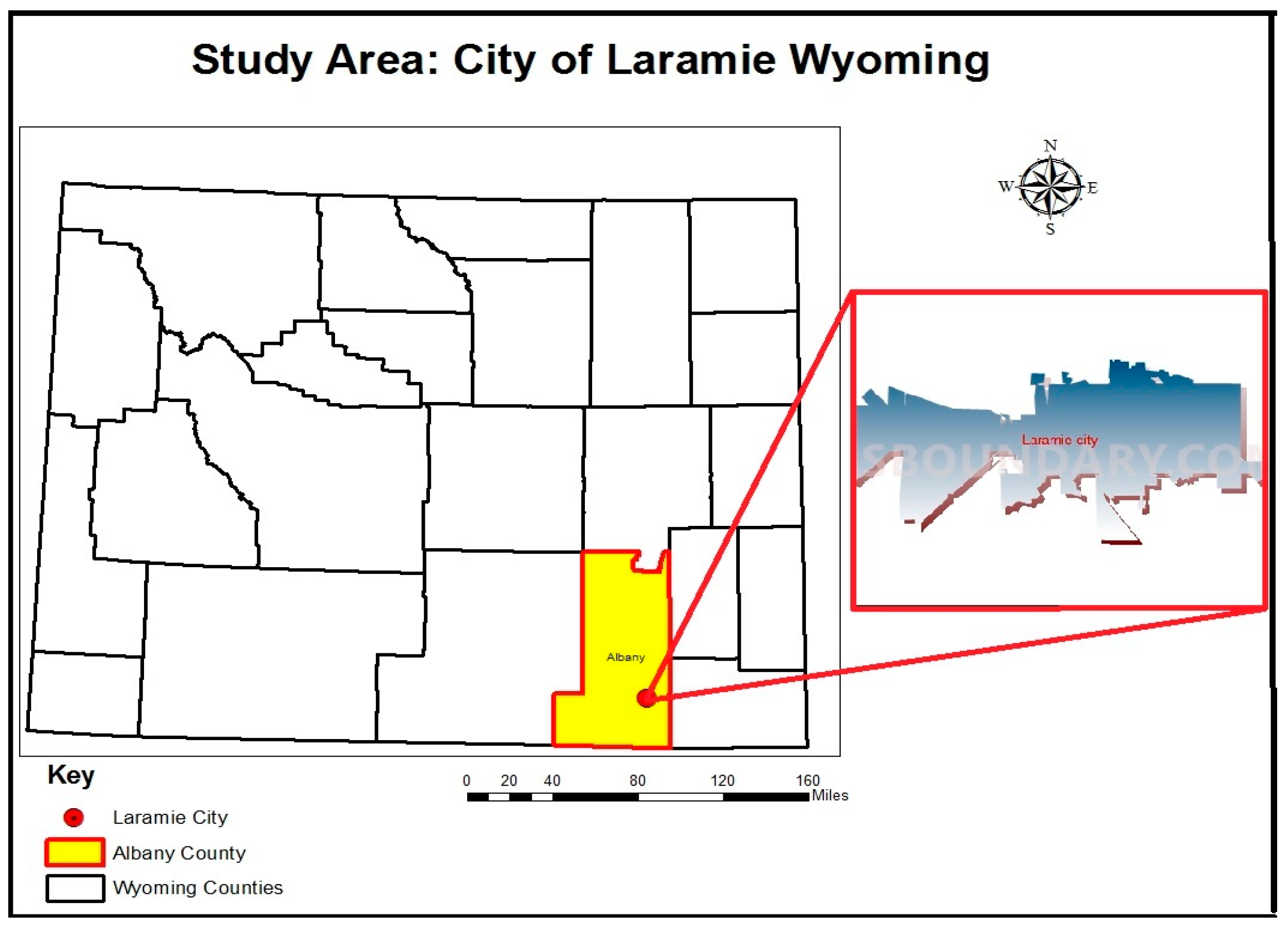
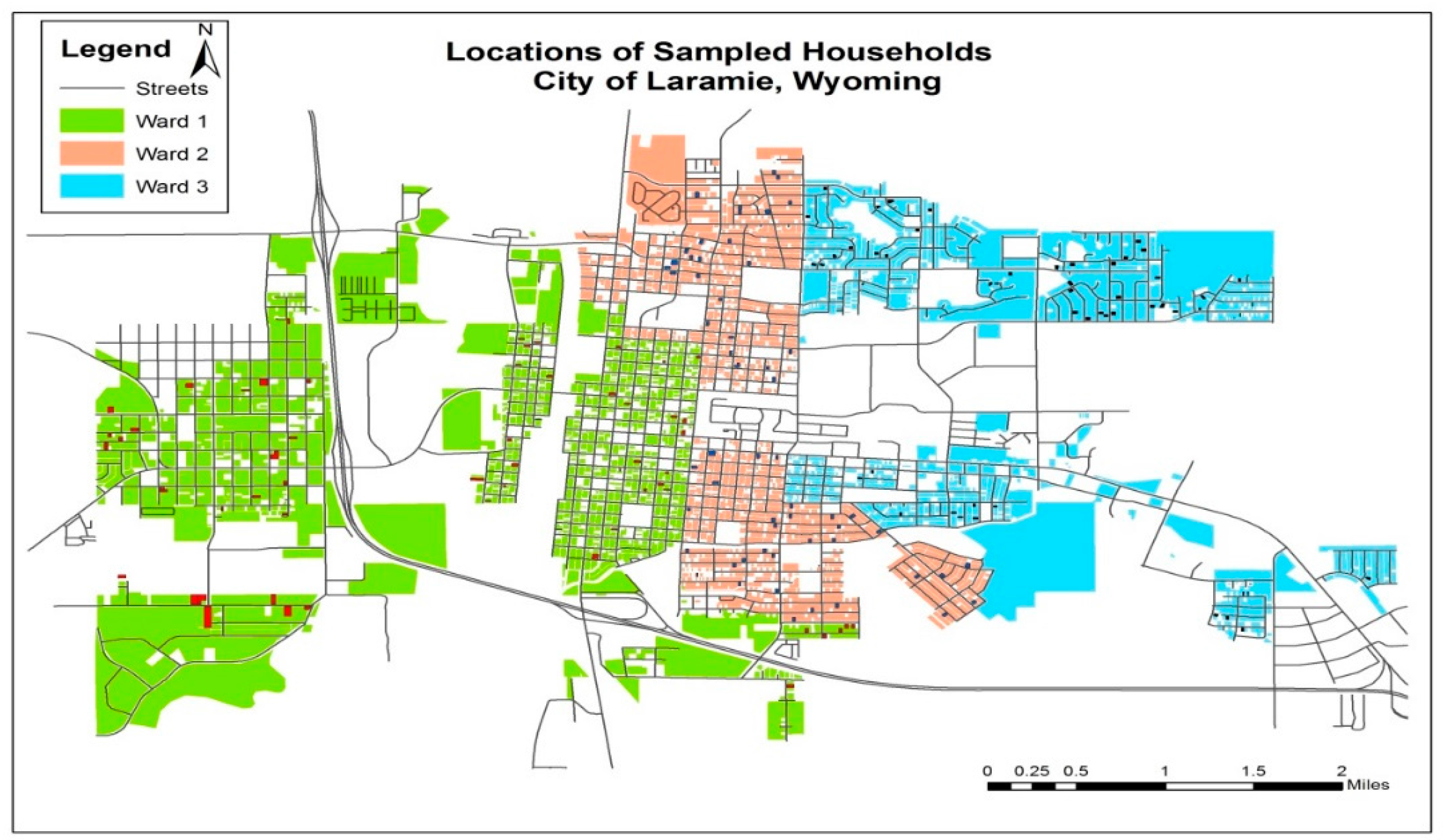

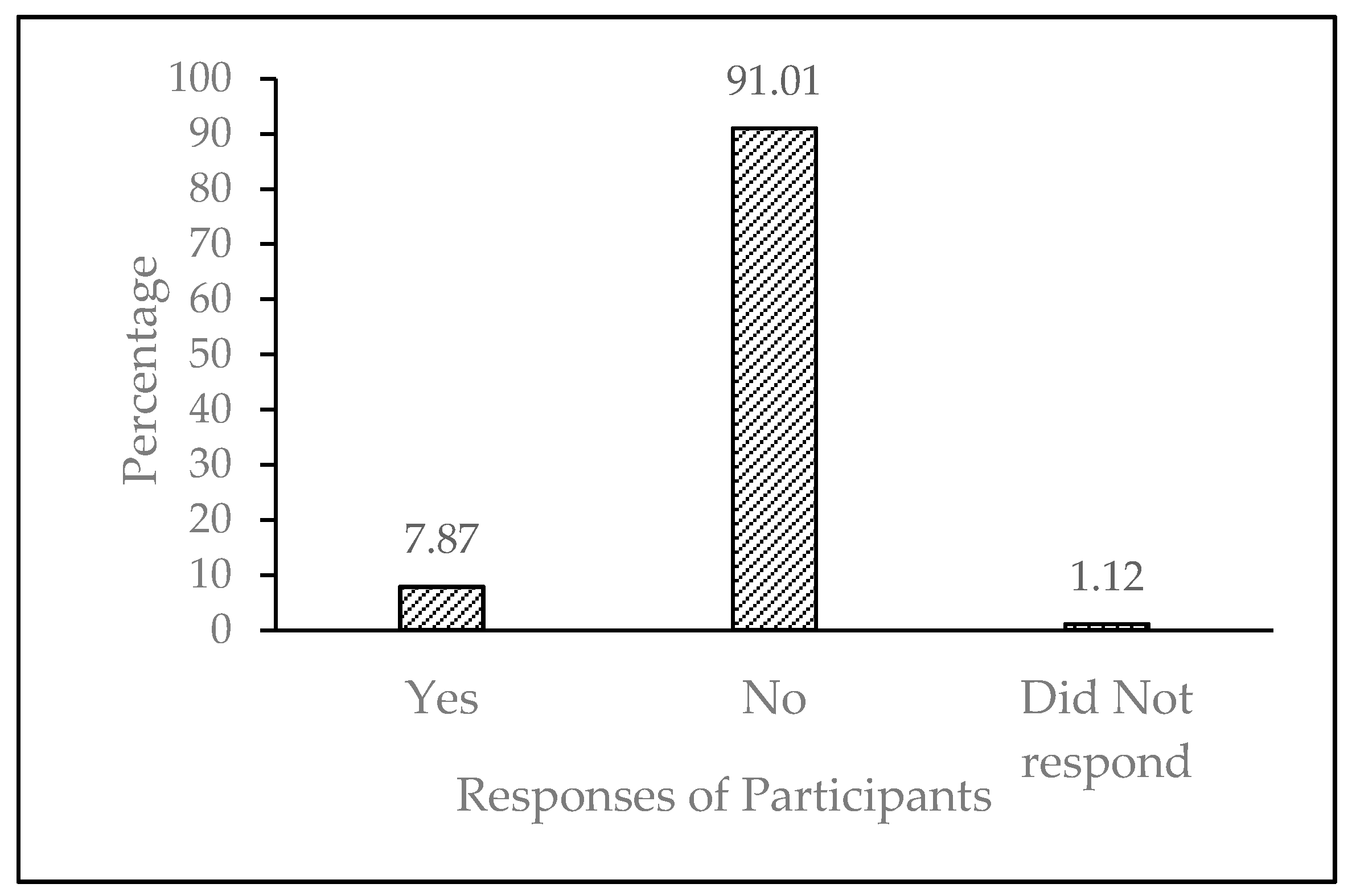
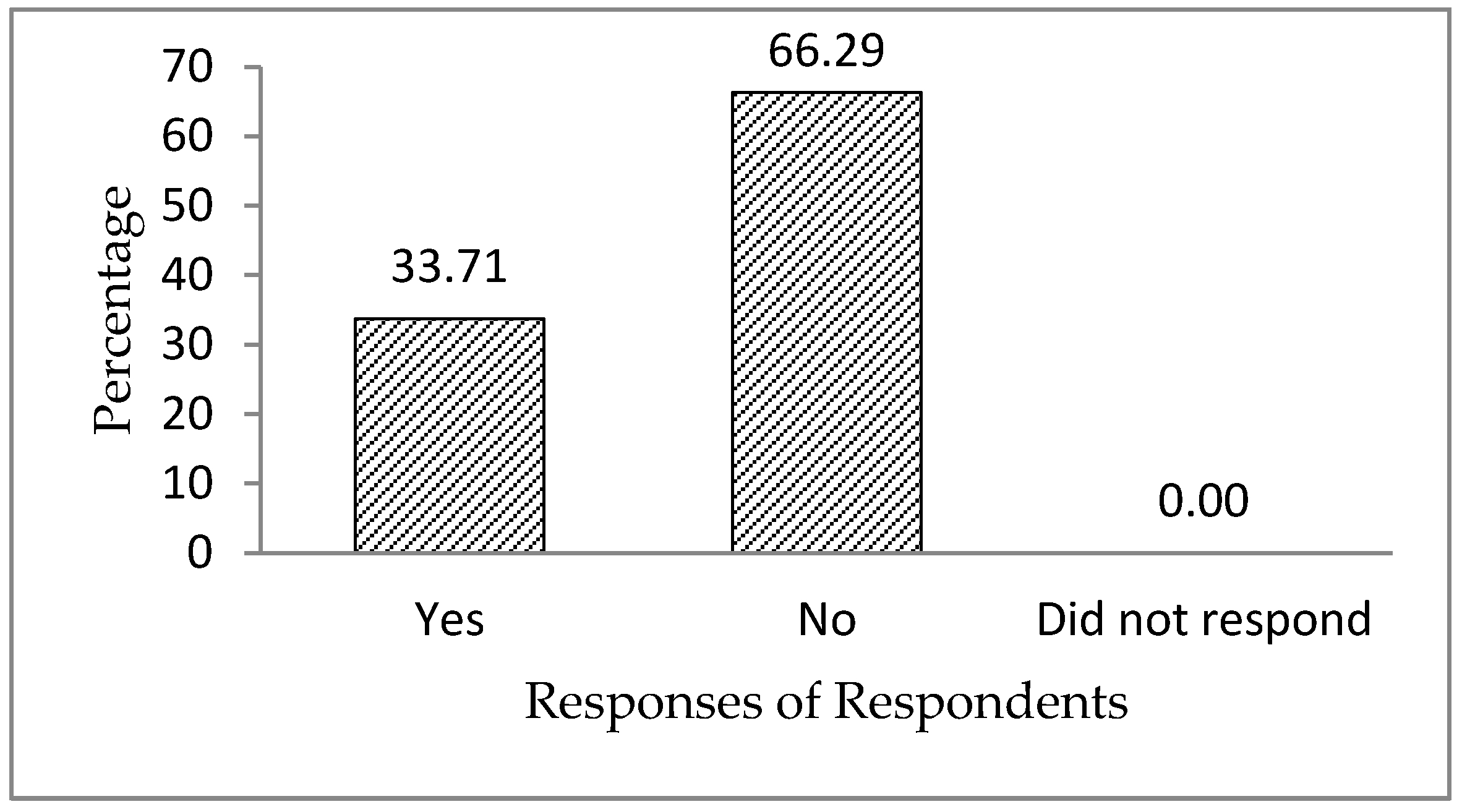
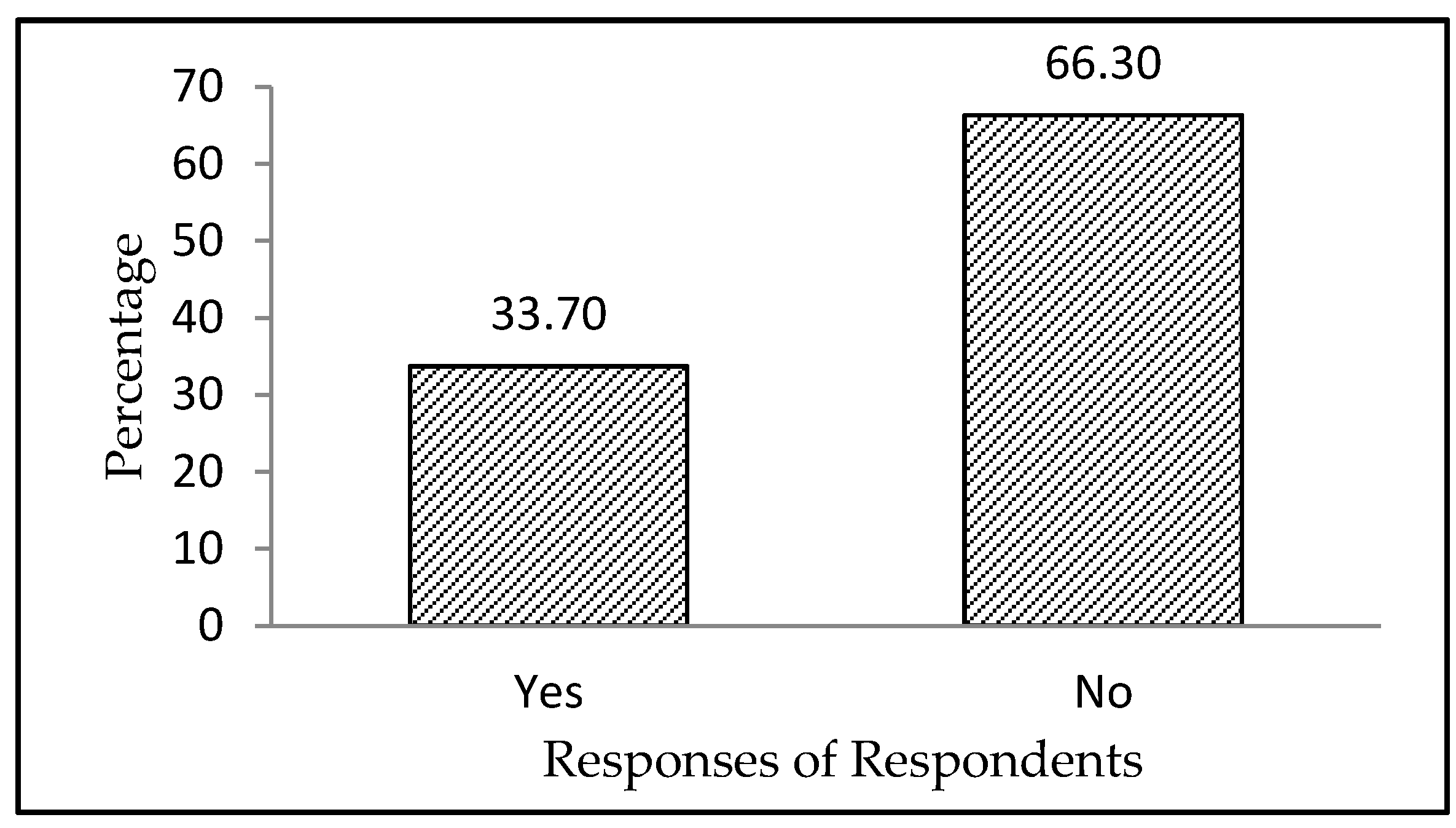
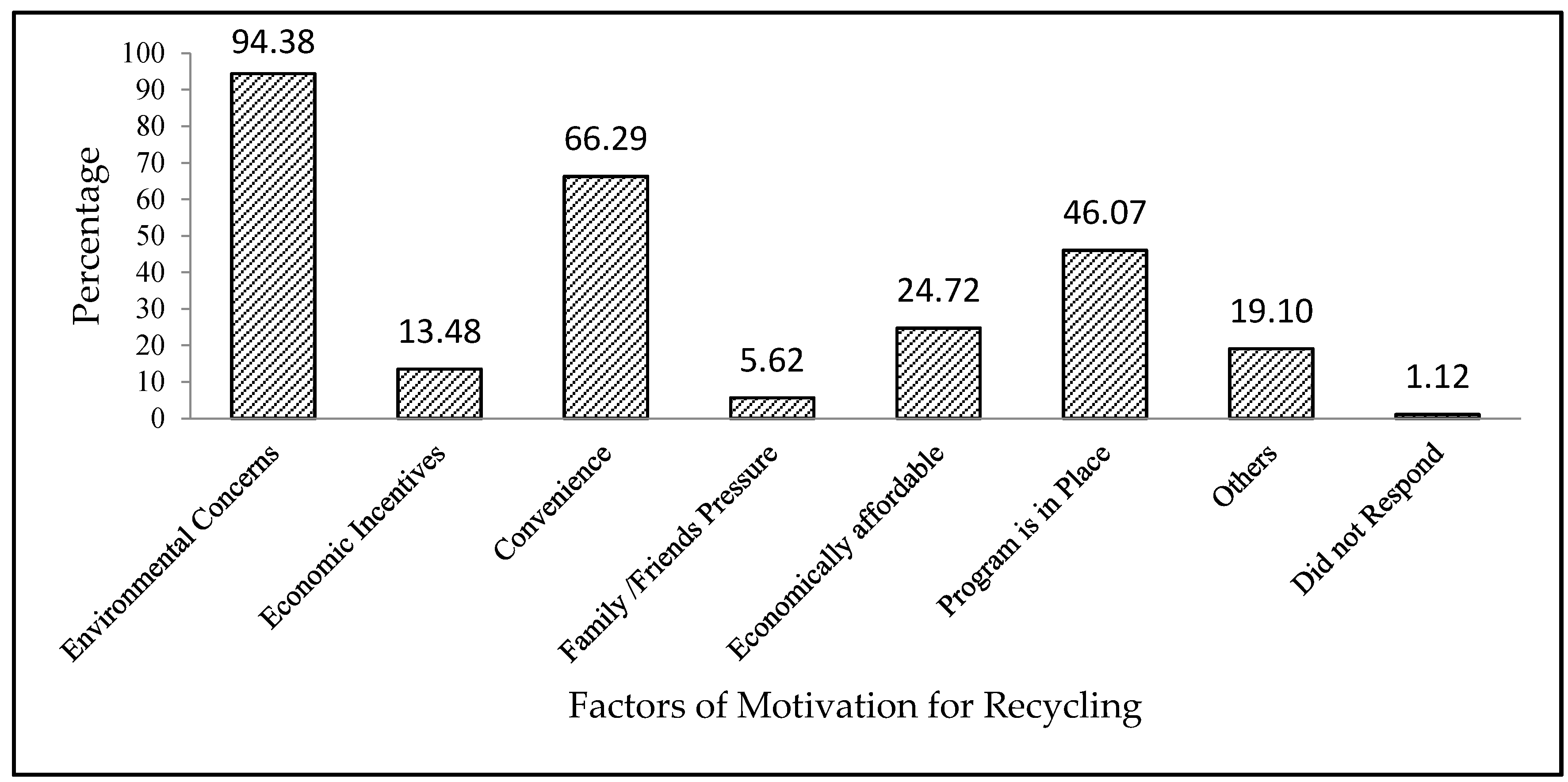
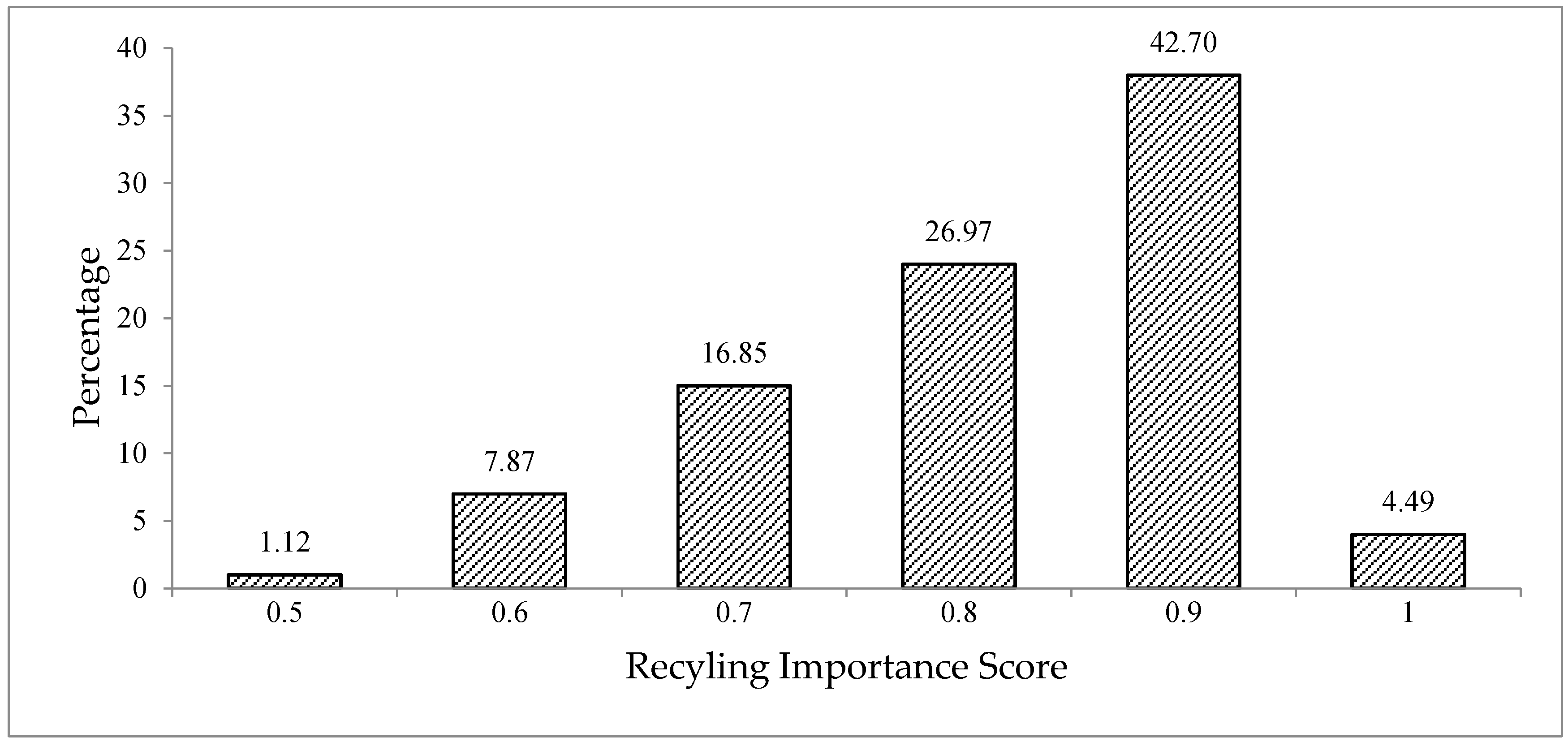
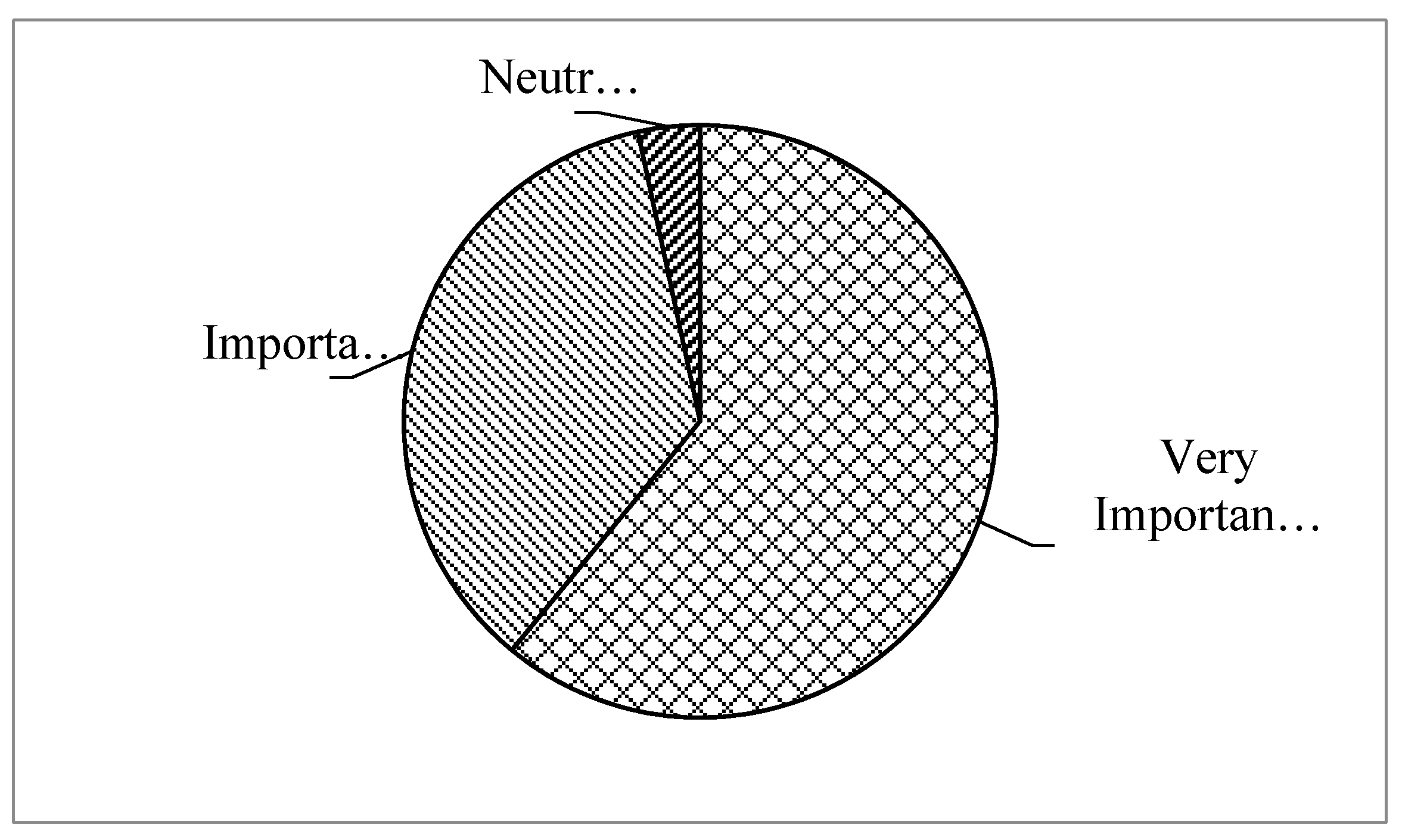
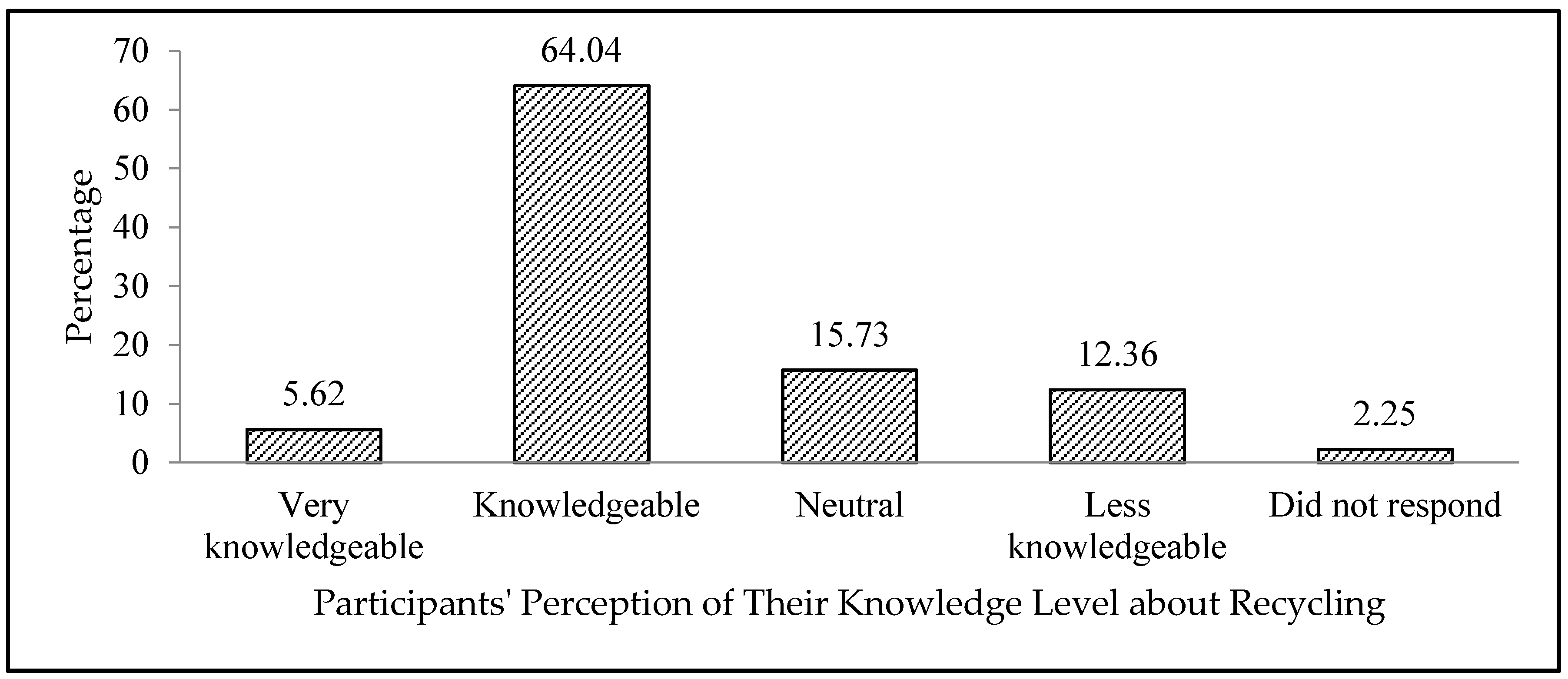
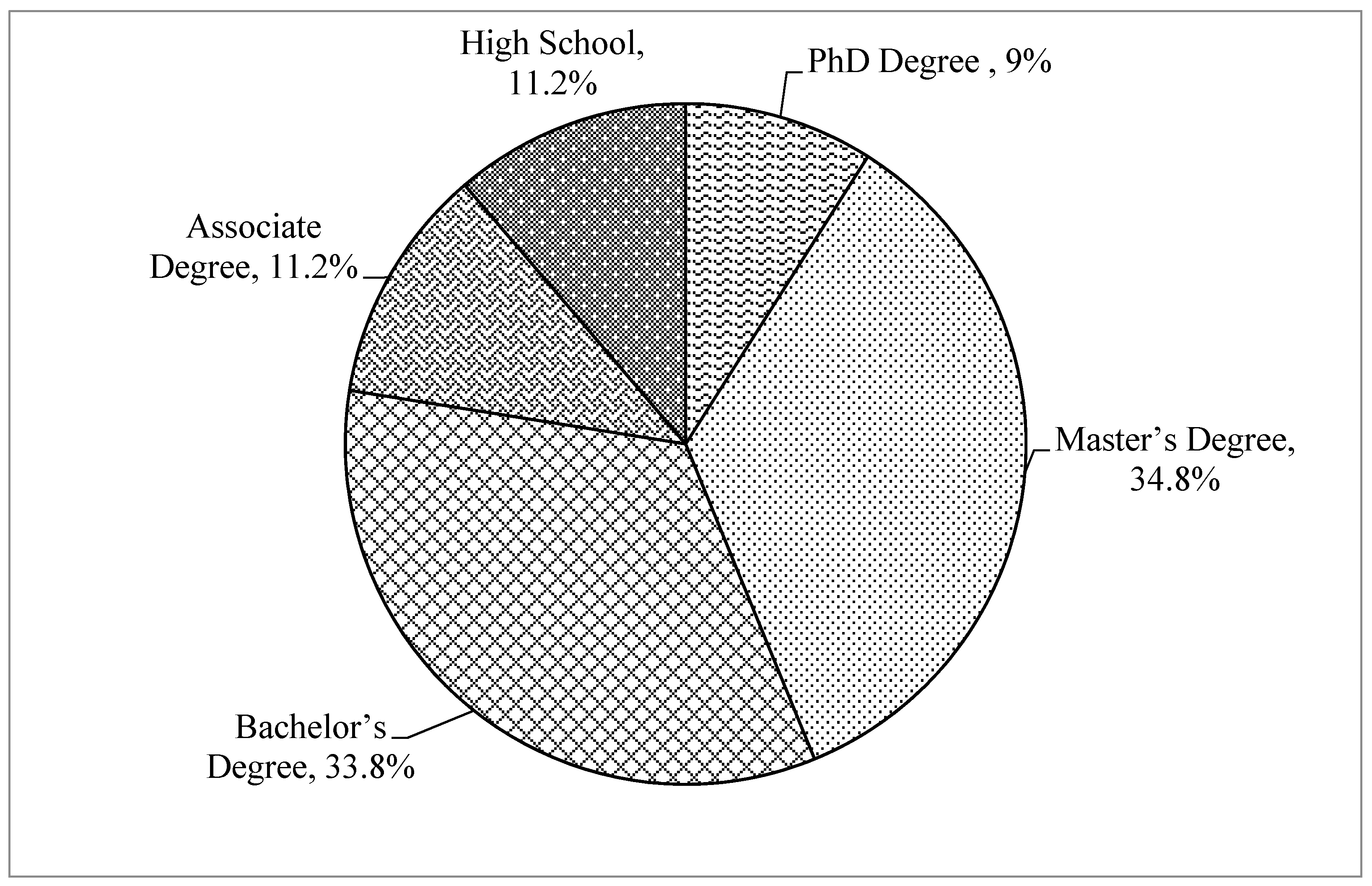
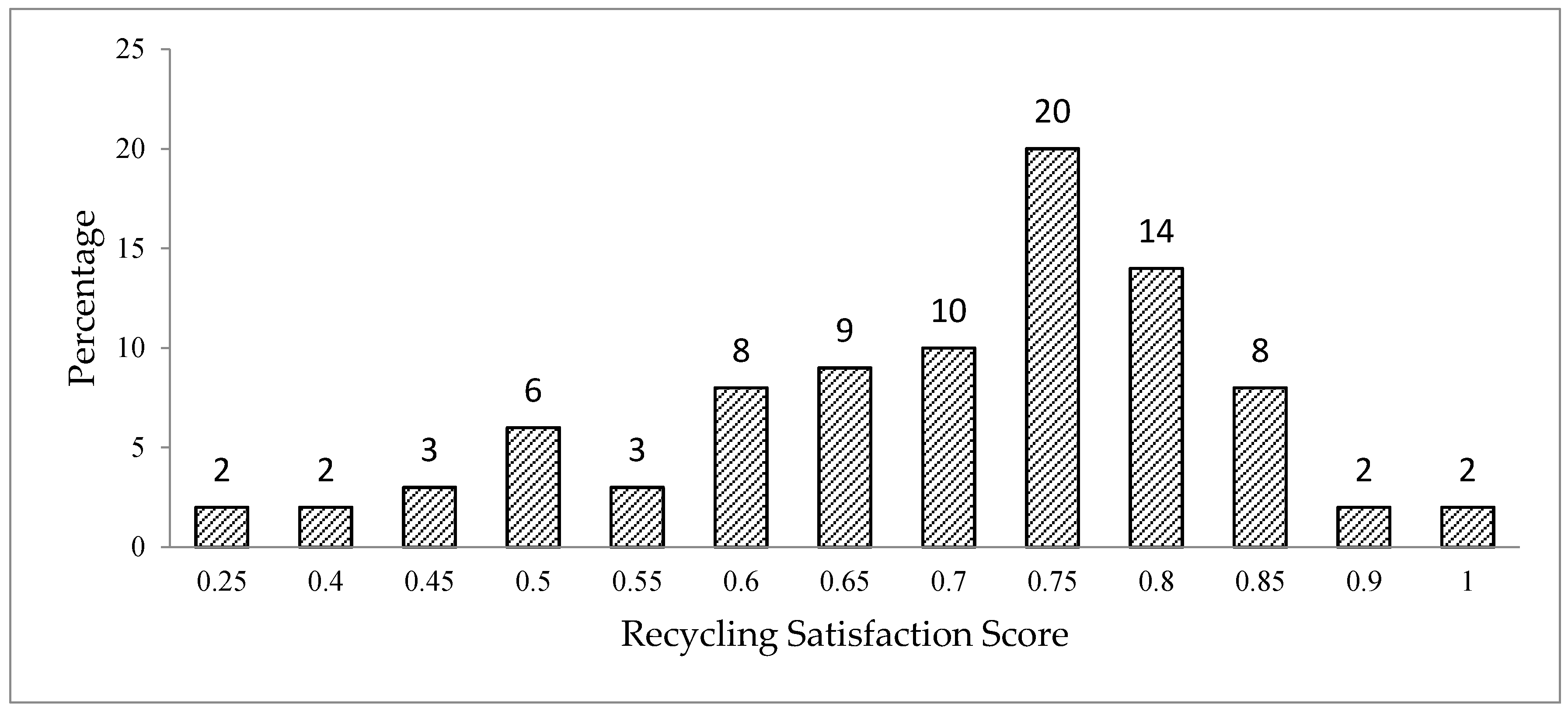
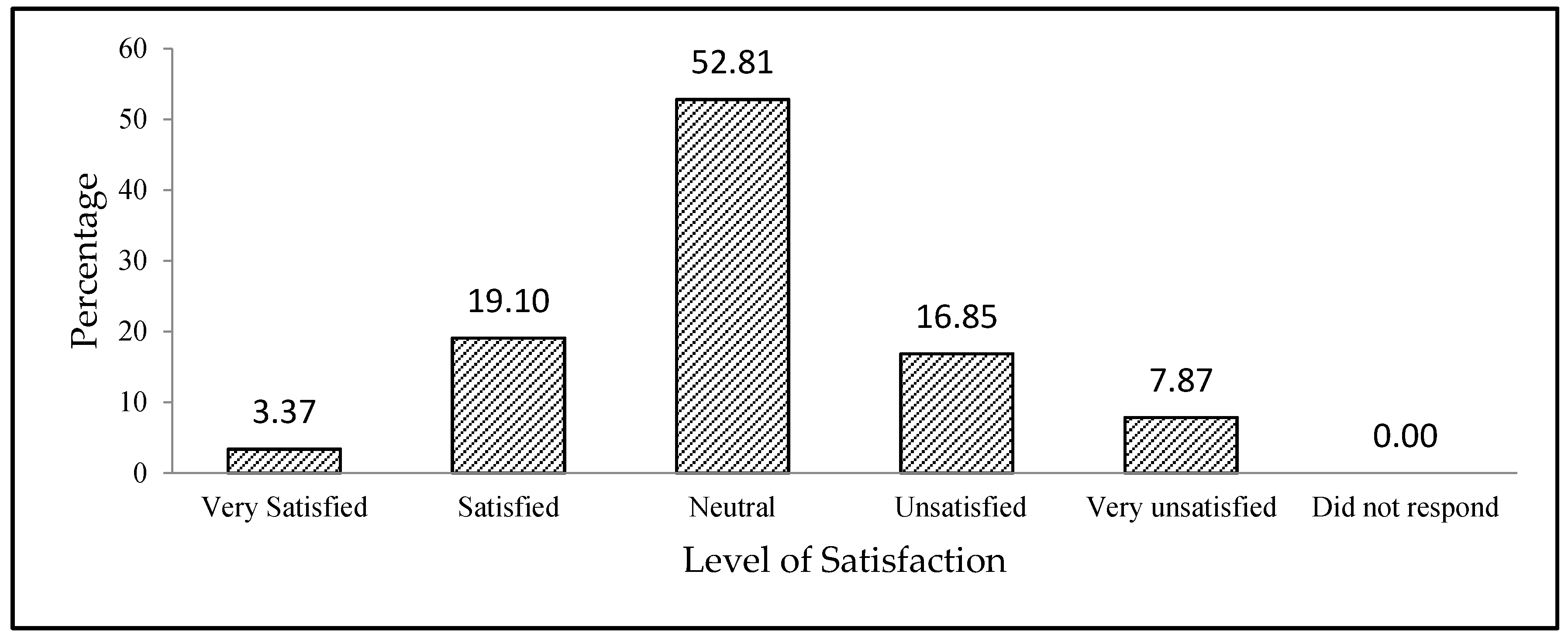
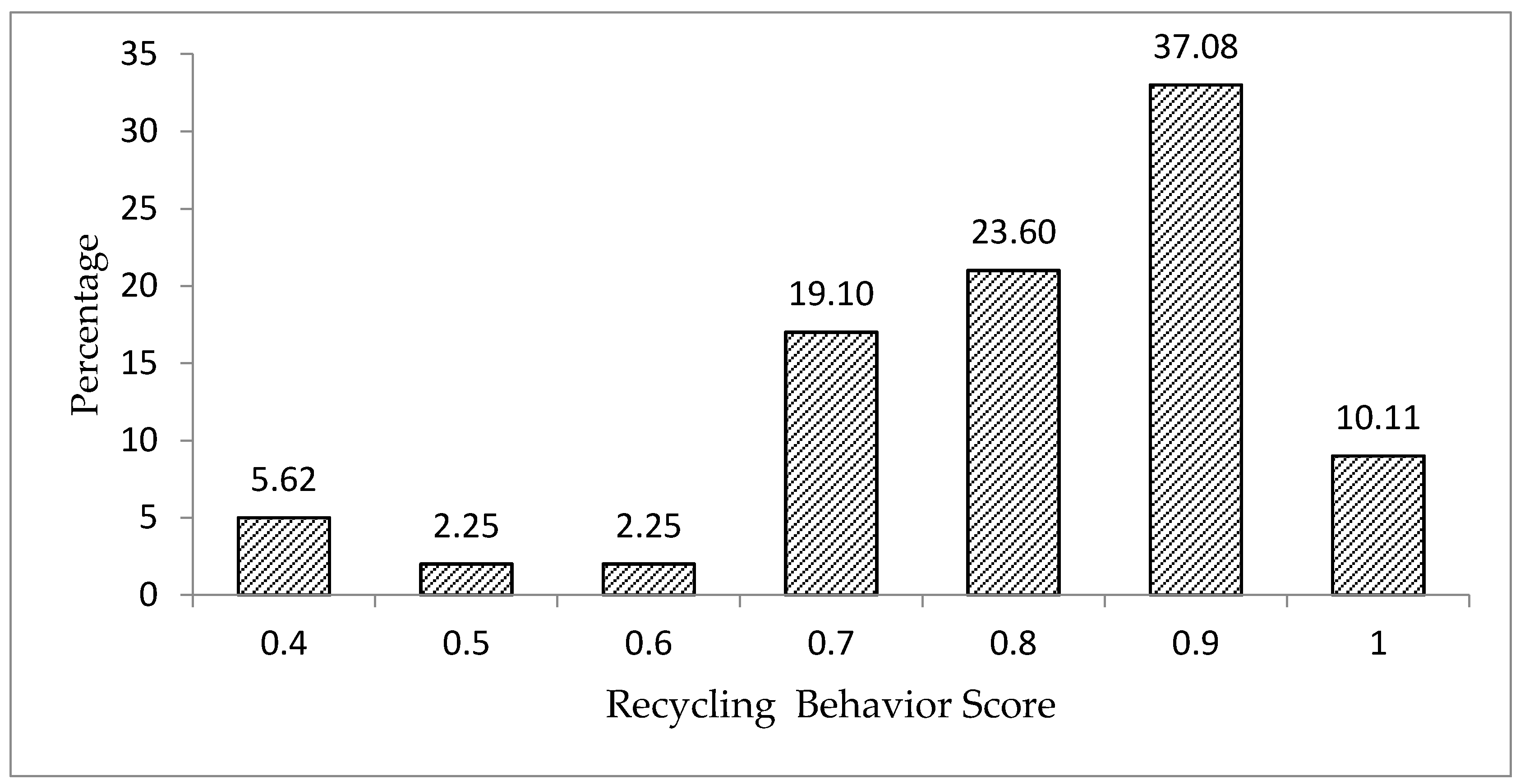
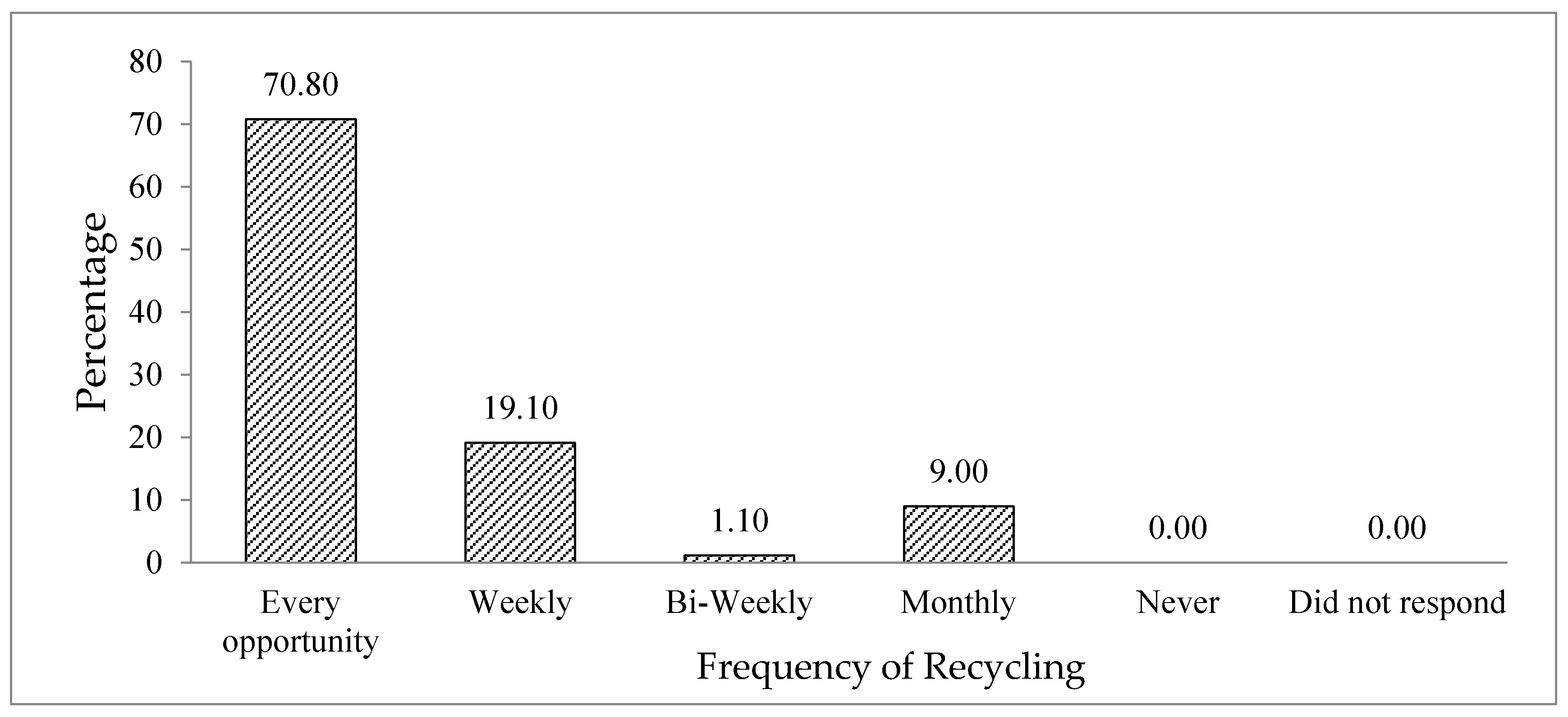
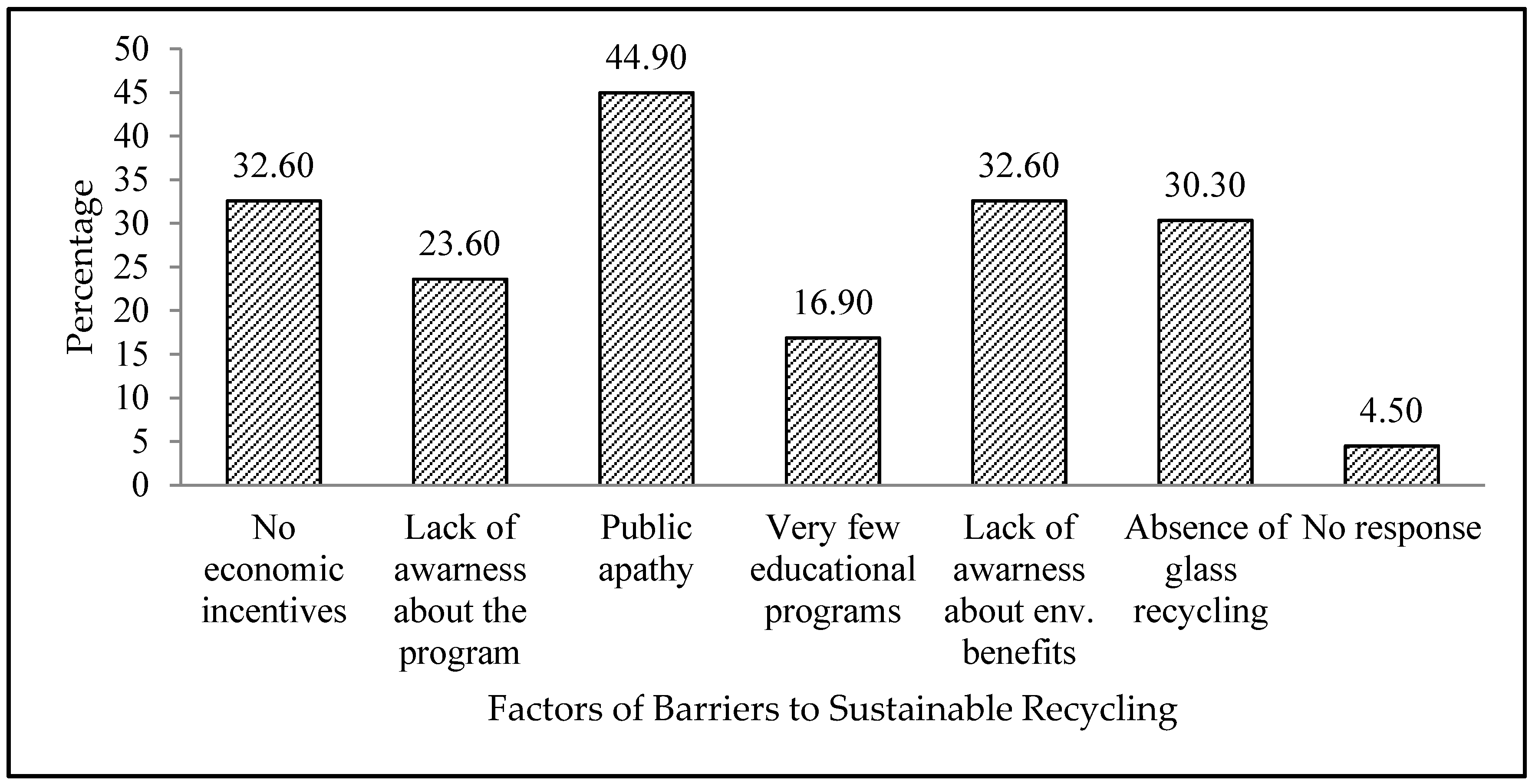
© 2017 by the authors. Licensee MDPI, Basel, Switzerland. This article is an open access article distributed under the terms and conditions of the Creative Commons Attribution (CC BY) license (http://creativecommons.org/licenses/by/4.0/).
Share and Cite
Bom, U.B.; Belbase, S.; Bibriven Lila, R. Public Perceptions and Practices of Solid Waste Recycling in the City of Laramie in Wyoming, U.S.A. Recycling 2017, 2, 11. https://doi.org/10.3390/recycling2030011
Bom UB, Belbase S, Bibriven Lila R. Public Perceptions and Practices of Solid Waste Recycling in the City of Laramie in Wyoming, U.S.A. Recycling. 2017; 2(3):11. https://doi.org/10.3390/recycling2030011
Chicago/Turabian StyleBom, Upendra B., Shashidhar Belbase, and Reni Bibriven Lila. 2017. "Public Perceptions and Practices of Solid Waste Recycling in the City of Laramie in Wyoming, U.S.A." Recycling 2, no. 3: 11. https://doi.org/10.3390/recycling2030011
APA StyleBom, U. B., Belbase, S., & Bibriven Lila, R. (2017). Public Perceptions and Practices of Solid Waste Recycling in the City of Laramie in Wyoming, U.S.A. Recycling, 2(3), 11. https://doi.org/10.3390/recycling2030011



